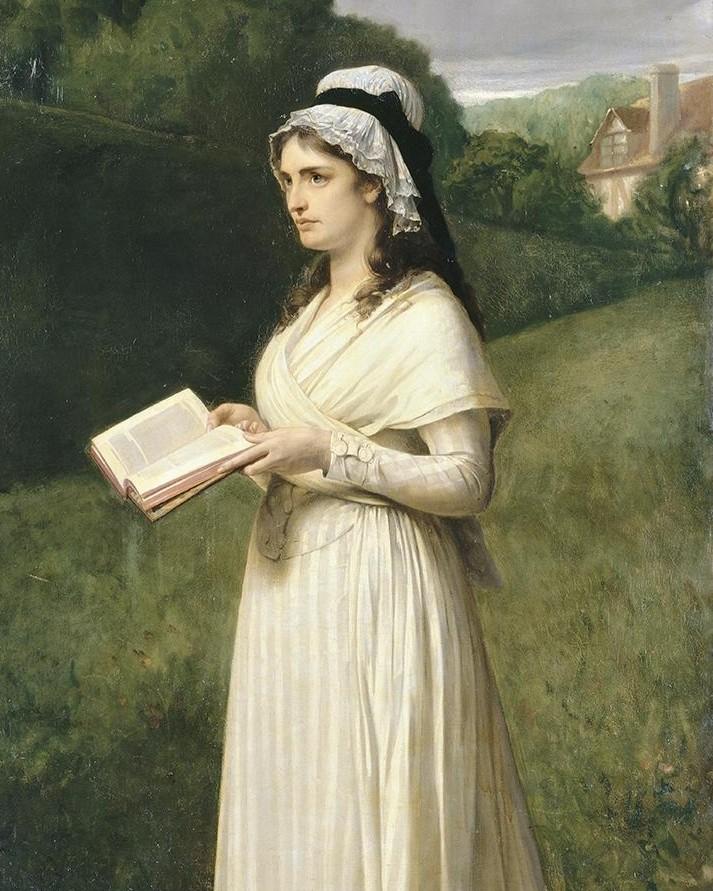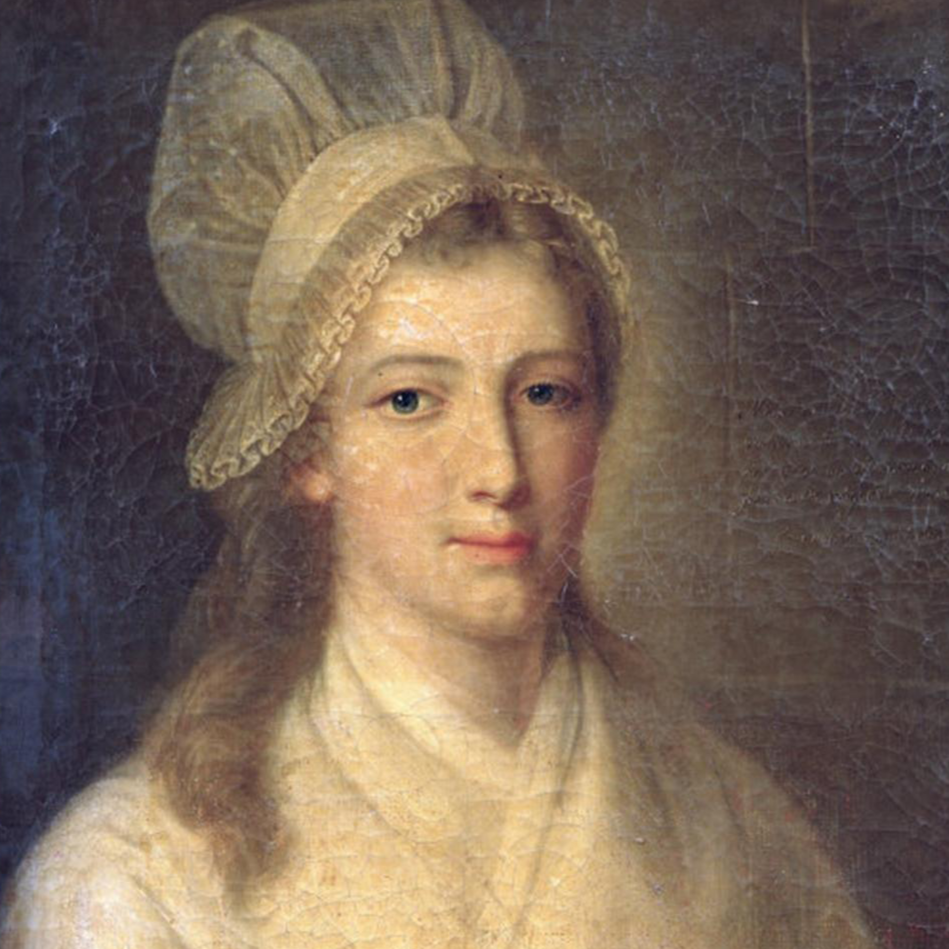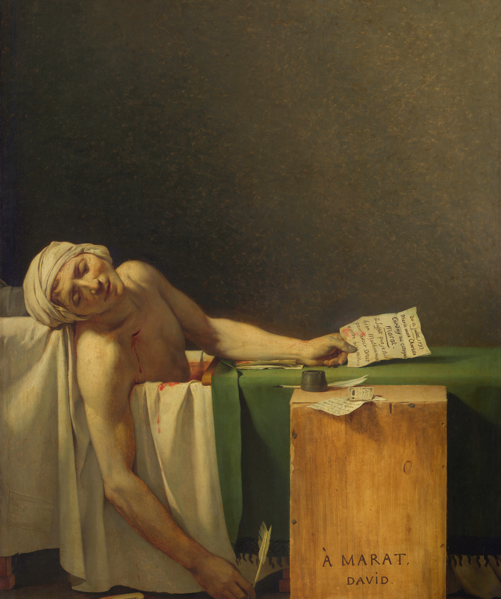
1768 - 1793
Charlotte Corday
Summary
Name:
Years Active:
1793Birth:
July 27, 1768Status:
ExecutedClass:
MurdererVictims:
1Method:
StabbingDeath:
July 17, 1793Nationality:
France
1768 - 1793
Charlotte Corday
Summary: Murderer
Name:
Charlotte CordayStatus:
ExecutedVictims:
1Method:
StabbingNationality:
FranceBirth:
July 27, 1768Death:
July 17, 1793Years Active:
1793bio
Charlotte Corday was born on July 27, 1768, in Saint-Saturnin-des-Ligneries, a small hamlet in Normandy, France. She came from a minor aristocratic family and was a descendant of the famous dramatist Pierre Corneille. Her family connections were close, as her parents were cousins.
When Charlotte was young, her life was marked by tragedy. Her mother, Charlotte Marie Jacqueline Gaultier de Mesnival, and her older sister both died. After their deaths, her father, Jacques François de Corday, who held the title Seigneur d'Armont, struggled with his grief. Unable to cope, he sent Charlotte and her younger sister to a convent called Abbaye aux Dames in Caen. At the convent, Charlotte had access to a library that allowed her to read the works of philosophers such as Plutarch, Rousseau, and Voltaire.
After 1791, Charlotte lived with her cousin, Madame Le Coustellier de Bretteville-Gouville, in Caen. The two women became very close, and Charlotte became the sole heir to her cousin's estate.

Charlotte Corday was described as being five feet one inch tall, with auburn hair, gray eyes, and a notable oval face. She lived during a time of significant political change in France. As the French Revolution progressed, she began to sympathize with the more moderate Girondins, a political faction that opposed the radical Montagnards. Corday admired the Girondins for their philosophies and believed they could help save France from the escalating violence of the revolution.
At her trial, Corday expressed her belief that she had acted to protect thousands of innocent lives, reflecting the political tension of the time. Her early life, marked by loss and education, played a crucial role in shaping her views and actions during the tumultuous years of the French Revolution.
murder story
On July 9, 1793, Charlotte Corday traveled to Paris to carry out her plan to assassinate Jean-Paul Marat. She rented a room at the Hôtel de Providence and bought a kitchen knife with a 5-inch blade. Over the next few days, she wrote a letter to explain her motives for killing Marat. Corday believed that Marat, a key figure in the radical Jacobin faction, was responsible for violence during the French Revolution, especially the September Massacres.

Corday initially wanted to kill Marat in front of the National Convention to make a statement. However, she found out that Marat was not attending the meetings due to poor health. On July 13, she visited Marat's home, claiming to have information about a Girondist uprising. She was initially turned away but was admitted later that evening.
At the time, Marat was in a bathtub due to his skin condition. Corday seized the opportunity, engaging him in conversation and handing him names of supposed conspirators. Suddenly, she produced the knife and stabbed Marat in the chest. He called out for help as he died.

Following the attack, Corday was immediately apprehended by Marat's sister-in-law and others in the vicinity. She was taken into custody and later brought to trial. During the trial, she affirmed that she acted alone and explained her reasons for killing Marat. Corday's actions were seen as premeditated, and she was sentenced to death.
On July 17, just four days after Marat's death, Corday was executed by guillotine in Paris. As she faced her fate, she requested that her portrait be painted, wanting to be remembered as she wished. After her execution, her body was buried, and her skull was later rumored to have been removed and passed around as a macabre relic.
Corday’s assassination of Marat did not achieve the desired effect of ending the Jacobin influence. Instead, it intensified the Reign of Terror, and Marat was honored as a martyr by his supporters.